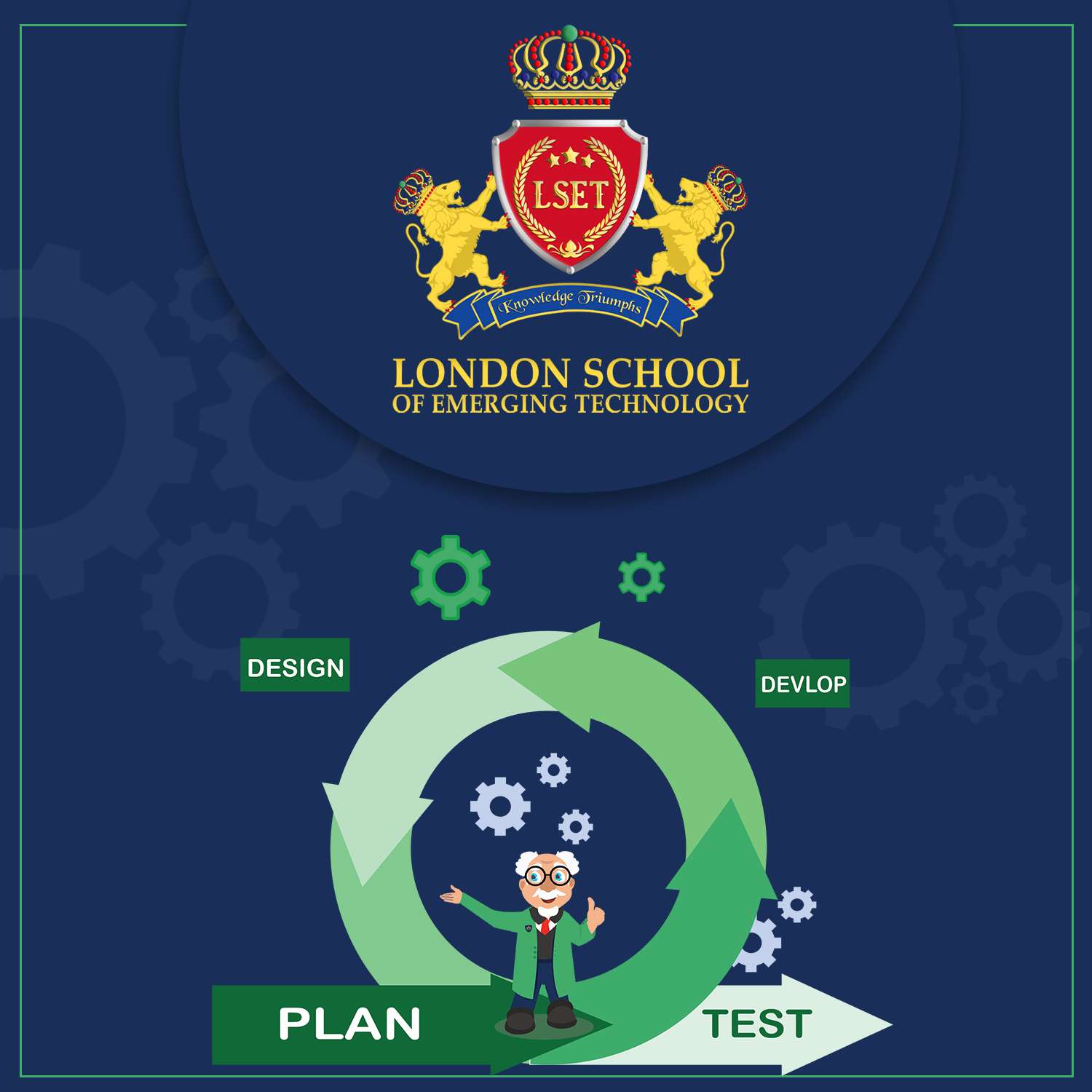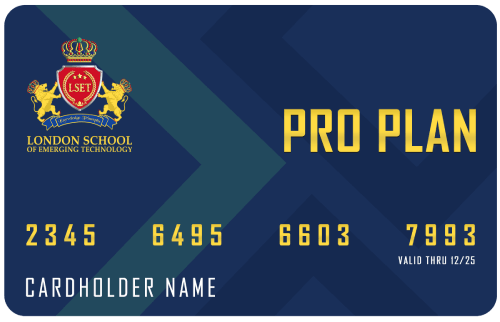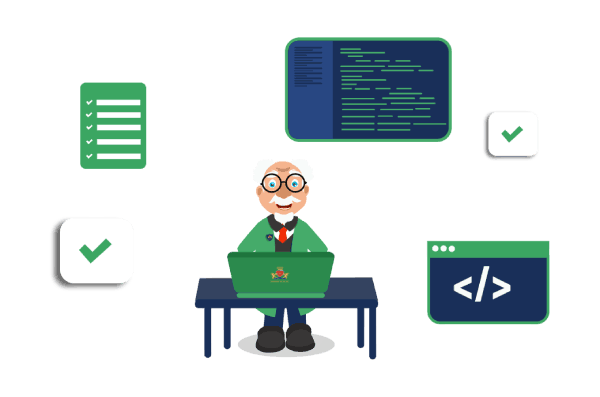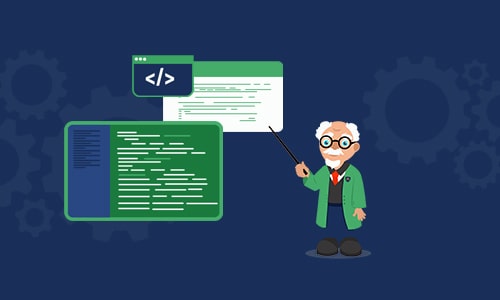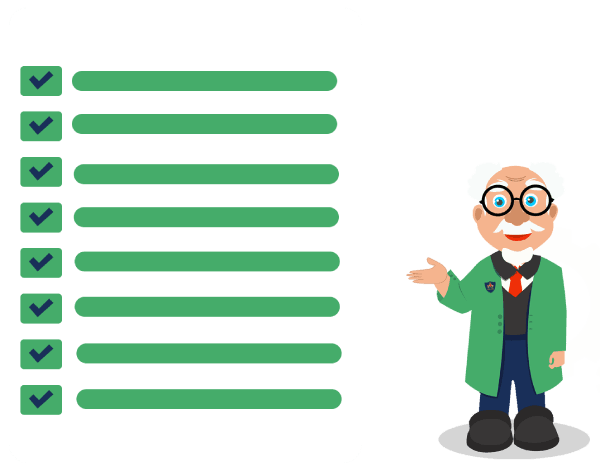ActiveCollab: Best for Tracking Billable Hours: ActiveCollab includes a diverse variety of tools ranging from task management to time-tracking and invoicing features.
Tasks can be assigned and tracked at all points in the workflow, and the entire team can view everyone’s roles on a system-wide calendar, so everyone can see their position in the project’s progress. ActiveCollab checks real-time task progress against the accuracy of time estimates as well.
Jira Agile: Best for Software Developers Jira is used primarily by software developers and is still best-suited to that project model. The software supports a variety of workflows, including Scrum and Kanban.
Users create roadmaps for projects, which gives you a visual method of tracking. You can manage each project with a drag-and-drop interface that lets you plan sprints and assign tasks to team members.
Software development teams give Jira excellent reviews for its flexibility and range of features, which are closely tailored to their needs. Although it’s been developed over time for a wider range of applications, the software was originally built as a bug-tracking tool for software developers.
Pivotal Tracker: Best for Transparency Pivotal Tracker is a story-based project tracking tool that helps you manage tasks from inception to completion. Each task is conceptualised as a story and can be ranked according to its complexity. This feature makes it easy to monitor workflows and communicate with clients.
A clear view of team priorities and individual objectives helps everyone manage their role in the project. Pivotal Tracker offers a project monitor for viewing the status of the build, a whiteboard for discussions, and daily tracking of completed tasks.
At a glance, everyone can see a real-time view of the shared work, team status, responsibilities, and next steps.
Trello: Best Free Solution Trello is one of the most well-known and widely used project management tools on the market. That means many people are somewhat familiar with its interface, and Trello integrations are built into many of the tools you may already use. For instance, there are Chrome plug-ins to connect Trello with everything from Pomodoro time management tools to G-mail.
Trello’s structure is based on the Kanban framework of agile project management. However, it’s easy to use Trello with the Scrum framework as well.
Axosoft: Best for Direct Customer Interaction Axosoft is an agile project management solution that uses the Scrum framework. The interface allows teams to create plans, plot process steps, and collaborate effectively to tag and solve issues as they arise.
A Help Desk feature turns emails into support tickets. Customers have their own portal, which lets them communicate their requests and feedback directly with the team. This direct communication can save your team members a lot of time while helping customers feel involved in the process.

